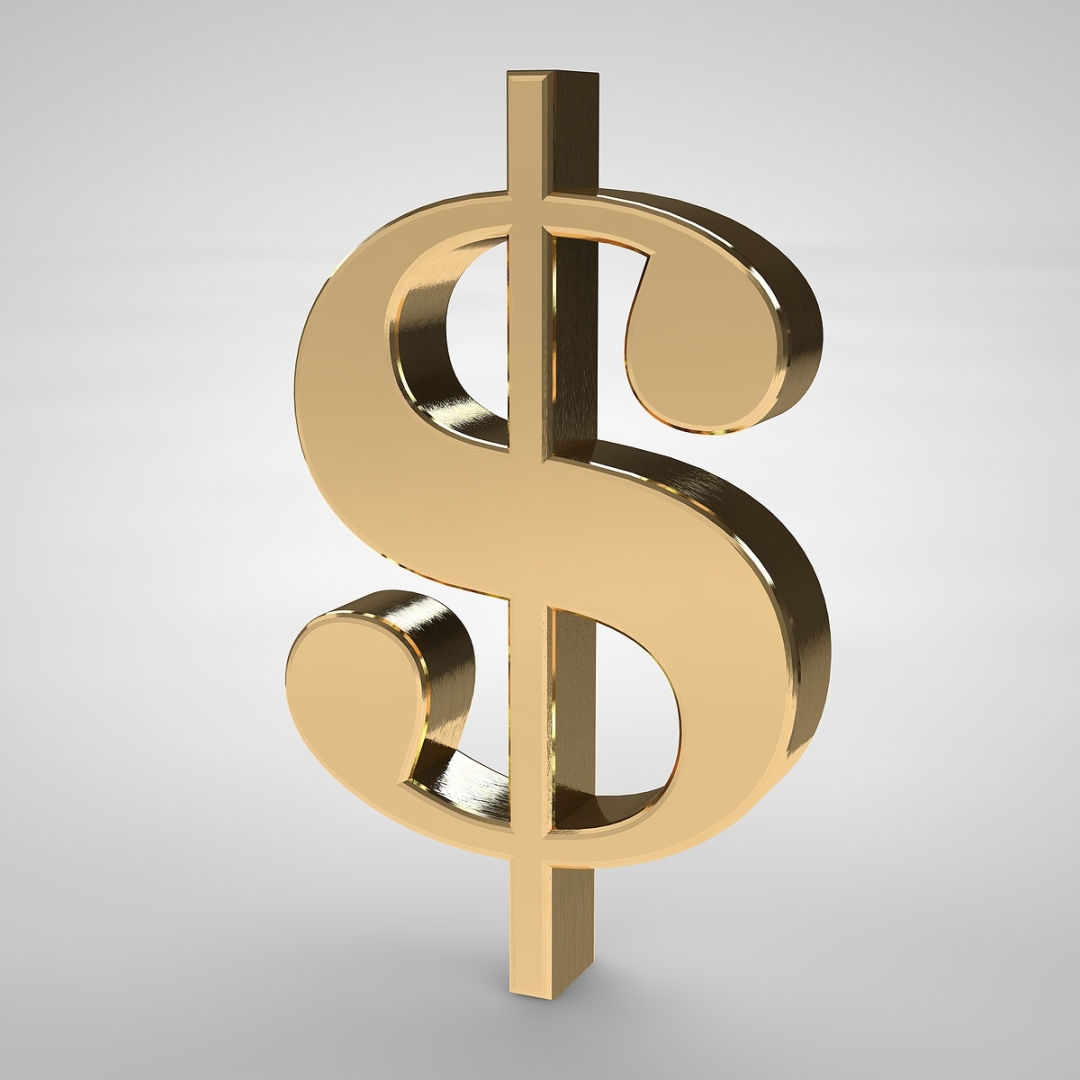The global fine art market is booming. More and more people are buying paintings, prints, and even large sculptures as an investment. However, since the fine art market is a complex, ever-changing mechanism, there is no guarantee of profitability. A beautiful piece of art hanging above your sofa may greatly increase in worth, or it may not cost anything in a couple of years. However, fine art is still a tempting investment, which encourages art collectors from all over the world to look for exceptional pieces that can be added to their collections. The secret is that if you want to succeed, you need to go beyond your comfort zone and do your research before actually buying something. Just as diversifying a financial portfolio can involve incorporating a specific type of savings account, these tips will adeptly guide you. Hopefully, the guide below will help you navigate the world of fine art and find the right items for your own art collection.
1. Analyze the fine art market. The first thing to do is to gain a better understanding of the current fine art market. Take a closer look at your favorite artists, track their performance, and learn how to measure their investment potential.
2. Be curious. If you are going to invest in fine art, you need to be curious. Visit different art openings and shows, talk to other art collectors, make friends with curators and art dealers, ask questions about what you are interested in, etc. This will increase your chances to make a wise purchase.
3. Store your art collection carefully. Proper art storage and conservation are of utmost importance for any collector. If you want your possessions to increase in value, you need to treat them carefully and protect them from any possible damage.
4. Buy fine art pieces online. Buying art online can provide you with a whole range of benefits, including an endless selection and variety of fine art pieces for all styles and tastes, the comfort of your own home, and lower prices.
5. Pay attention to newer artists. Although such an approach is riskier, it is also a great opportunity to build a truly unique art collection at a relatively low cost. Young yet talented artists can potentially bring significant gains for a wise investor.
6. Be ready for a long-term investment. Don’t think that your art collection will greatly increase in value in a short time. Fine art investment is a long game, so you have to be patient. It is also a reason why you shouldn’t use the money you need to sustain your lifestyle or pay your bills to make an investment.
7. Beware of fakes. The fine art market is fraught with fraud and fakes. Therefore, before actually buying artwork, make sure it is authentic and original. It is always recommended that you consult a professional appraiser first.
Last but not least, you need to find a reliable fine art shipping company able to provide you with all the required services regarding transportation and packing of your new belongings. At Fine Art Shippers, we can do it for you at a very attractive price you are guaranteed to like!
